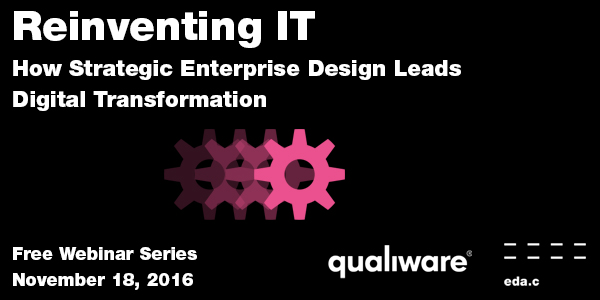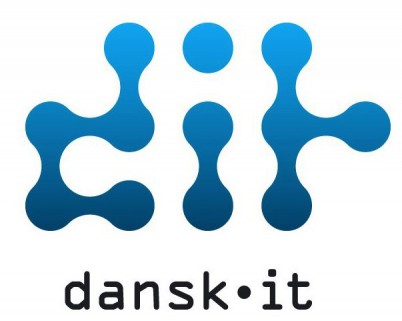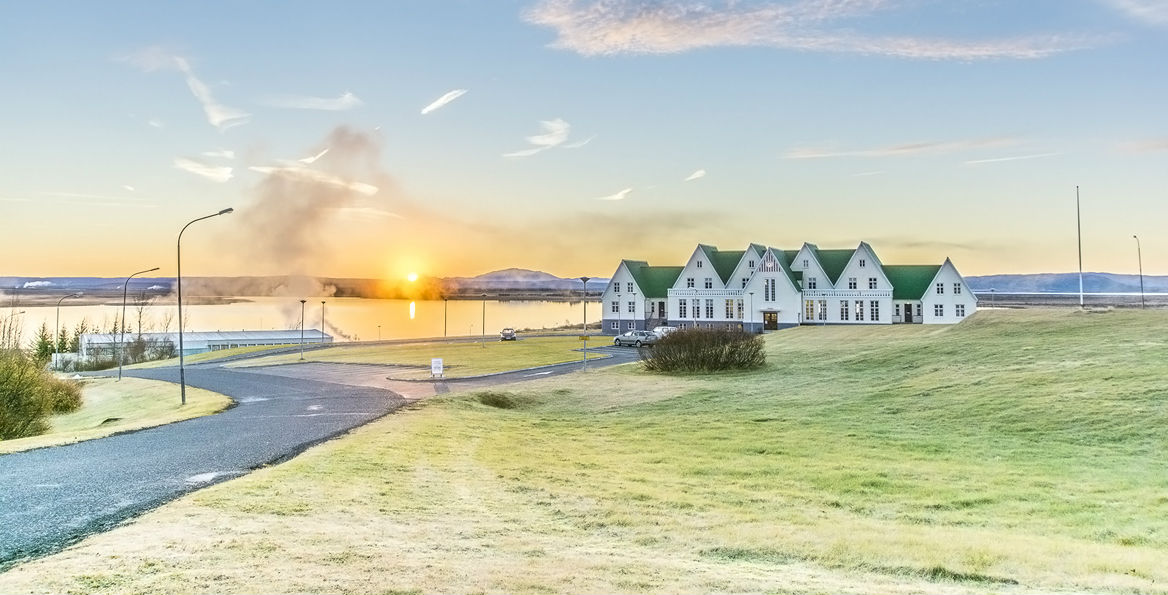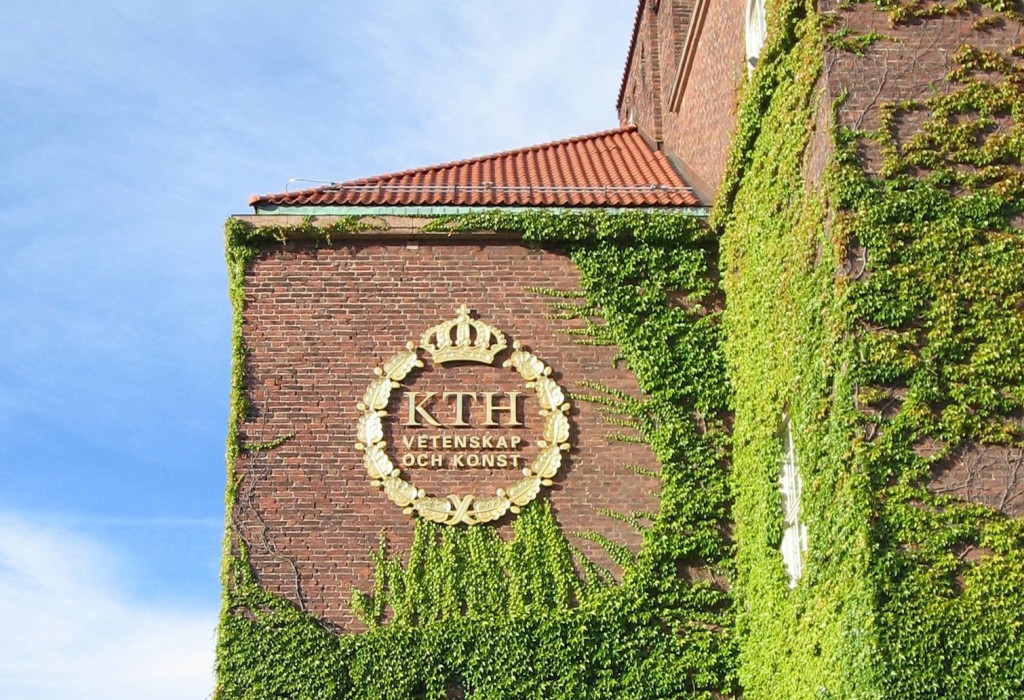Milan Guenther and John Gøtze
When dealing with enterprises, customers are all too used to strange and often quite frustrating experiences. Enterprises seem to make even simple transactions difficult and complex to deal with. Straightforward activities such as booking tickets for a journey, paying your taxes, subscribing to health insurance, or resolving a problem with your energy supplier require us to embark on a laborious journey, jumping between call centers, online forms, and missing information. Most of us have had a lot of such experiences, be it with companies, government institutions, or other types of enterprises, making them appear slow, rude, and inhumane. When looking at the big picture of human-enterprise interaction, the Twitter hashtag most people think of is probably #fail.
Digital is everywhere, inseparable even from physical interactions and personal services. This ubiquitous, fluid digital layer is in sharp contrast to the way many organizations treat their digital touchpoints with people. Enterprises need to redesign and restructure themselves around human needs, and appreciate the complexity of human experiences in a digital age.
The Architecture Challenge
Appreciating the fact that it is not just the quality of one element but the intersections and transitions between those elements that make or break customer experiences (or employee, shareholder or partner experiences for that matter), such an approach would look at everything relevant, attempting to understand and reshape the entire system. This requires overcoming the “thought silos” of the past, e.g. between architecture, development and operations. Only by making those elements part of one strategy is a business able to transform its enterprise ecosystem in order to deliver on its promise to people.
Whilst enterprise architecture frameworks usually provide in-depth tools and methodologies for taming the alignment of business and IT, very few approaches go further in considering and explaining how to avoid the alignment trap altogether.
The scope and role of the enterprise architect is gradually changing from problem solving to problem finding and from dialectic to dialogic skills. The former is expressed in the way in which enterprise architecture has gradually transitioned from the “classic” domain of business drivers and IT requirements into dealing with many different domains of the enterprise, e.g. business strategy, operations, capability development, etc. These non-IT areas typically deal with “wicked”, ill-defined problems, which are very hard to solve with traditional engineering methods. Instead, skills such as continuous learning, exploration, collaboration, and enquiry are required. The latter is expressed in the increasing need for cross-departmental, cross-disciplinary collaboration and learning in the modern organization in order to solve complex business issues. In the light of this changing role, systems thinking again provides a compelling approach for framing and analyzing these challenges, for example through concepts of organizational sense-making and loosely-coupled systems.
The complex and volatile nature of complex systems quickly becomes overwhelming, with business processes, enterprise actors, brand interactions, culture, content, business models, technology or touchpoints being just tiny parts of the puzzle. Too often in a classic decision-centric management setting, long lists of requirements as the basis for all further endeavors seem to just magically appear out of nothing and remain unquestioned, instead of being part of a larger vision and purposeful design of the business. When design competency is called in, it is often too late – the inconsistencies and missing links that turn out in bad experiences are already hard-wired and constrain the solution space.
Enterprise Design
The key challenges enterprises face are best tackled by addressing them in a strategic design initiative, working in a holistic and coherent fashion. Enterprise Design. In this context, an enterprise can be seen as a purposeful endeavor, an idea shared by the various people involved, and a set of identities, architectures and experiences to be designed.
The Enterprise Design Framework a set of 20 interrelated aspects loosely corresponding to disciplines and approaches used in strategic design work, is meant to be used as a map to navigate the complex space of intermingled concerns that is the playing field of strategic design work, providing a common language as well as a checklist of elements to consider. Going from top to bottom, it allows bridging abstract strategic thinking with conceptual and creative work, and turning this into tangible and visible outcomes.
Using an adapted industrial design process, the Enterprise Design Framework allows making design choices on different levels aligned with strategy. By looking at the business from a human-centric Customer Experience perspective, such a design captures a meaningful, viable and feasible future state. This in turn can be used to realign the various moving parts of enterprise ecosystems in traceable models, making them strive towards a common vision.
Intersection

EDGY-Language
Read more about the Intersection Group here
QualiWare supports the EDGY-language created by the Intersection Group.
Read more here:







